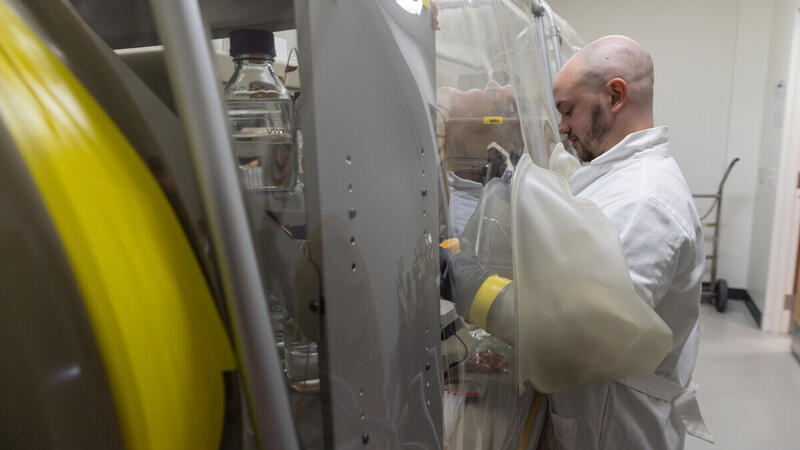News
Sustainable Biomass Conversion
Dual approaches pinpoint genes for better biofuel production
University of Wisconsin–Madison scientists have developed a new method for efficiently pinpointing genes that help microbes resist toxic chemicals, which could enable innovations in biotechnology, medicine, and agriculture.
Combining field data with a reference switchgrass genome, a multi-institutional research team has been able to associate climate adaptations with switchgrass biology, information that could be useful toward the DOE’s interest in harnessing the crop toward producing sustainable alternative fuels.
Kiley was nominated for distinguished contributions to understanding mechanisms that regulate E. coli’s lifestyle in different oxygen environments, specifically how transcription factors exploit iron-sulfur metal centers for oxygen responses.
Landis was nominated for distinguished contributions to the field of ecology, particularly for uncovering the role of landscape structure in regulating insect biodiversity and ecosystem services.
Some microbes are skilled at turning plants into biofuels and useful chemicals. Persuade them to do this efficiently enough, and you have the foundation of a bioenergy refinery that generates fuels and chemicals from renewable sources rather than fossil fuels.
Keegstra Fellow Jianping Li is working with Reid Van Lehn and Christos Maravelias to develop a computational framework for designing solvent and extraction processes to separate and recover bioproducts from biomass.
The most promising microbes for making fuels and chemicals from plant material have broad appetites and biosynthetic potential but have not been widely studied in research labs. In three recent studies, scientists report crucial information on how to control genes in unique and promising biosynthetic microbes.
Despite advances in sequencing technologies and computational methods in the past decade, researchers have uncovered genomes for just a small fraction of Earth’s microbial diversity. Because most microbes cannot be cultivated under laboratory conditions, their genomes can’t be sequenced using traditional approaches.
For farmers struggling against economic forces and doing everything they can to keep afloat, grassland biodiversity may be the last thing they want to worry about.
Scientists have identified new transcription factor networks and their dynamic activities that protect the endoplasmic reticulum in situations requiring the production of large quantities of proteins.
An international research collaboration led by VIB-UGent Professor Wout Boerjan, and involving the U.S. Department of Energy Great Lakes Bioenergy Research Center, has opened up new possibilities for stably fine-tuning the amount of lignin in poplar by applying CRISPR/Cas9 technology.





